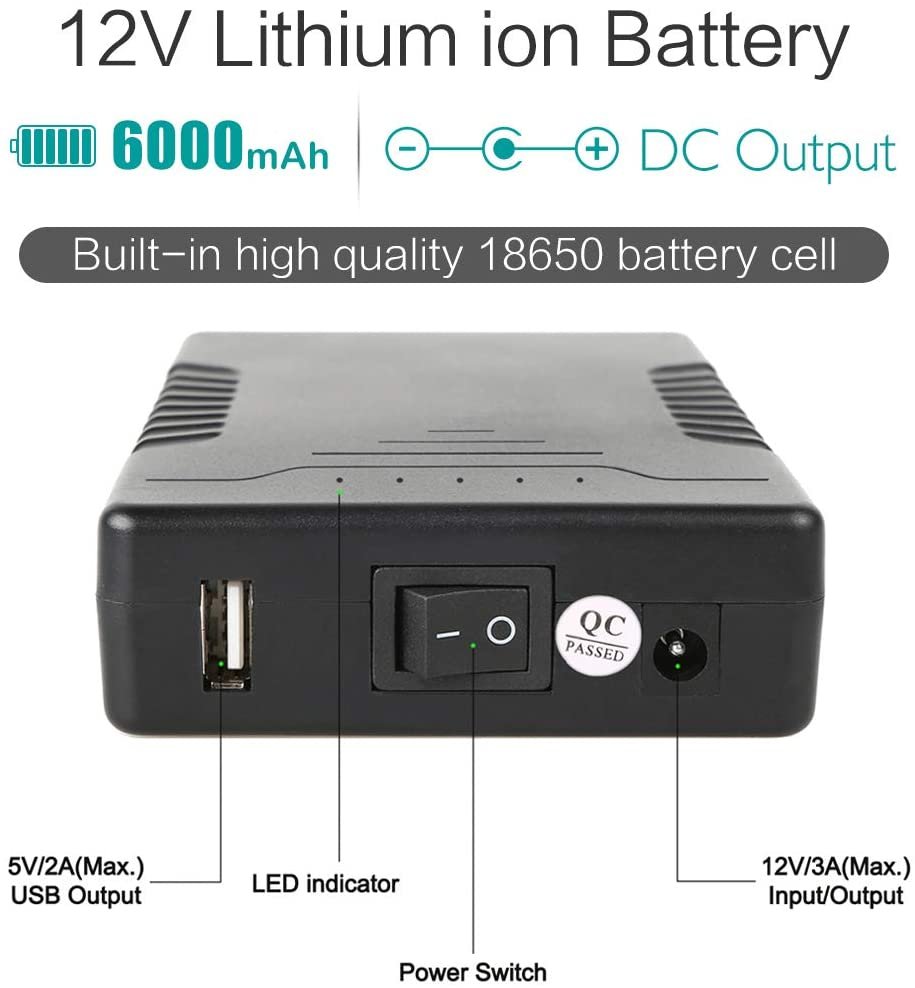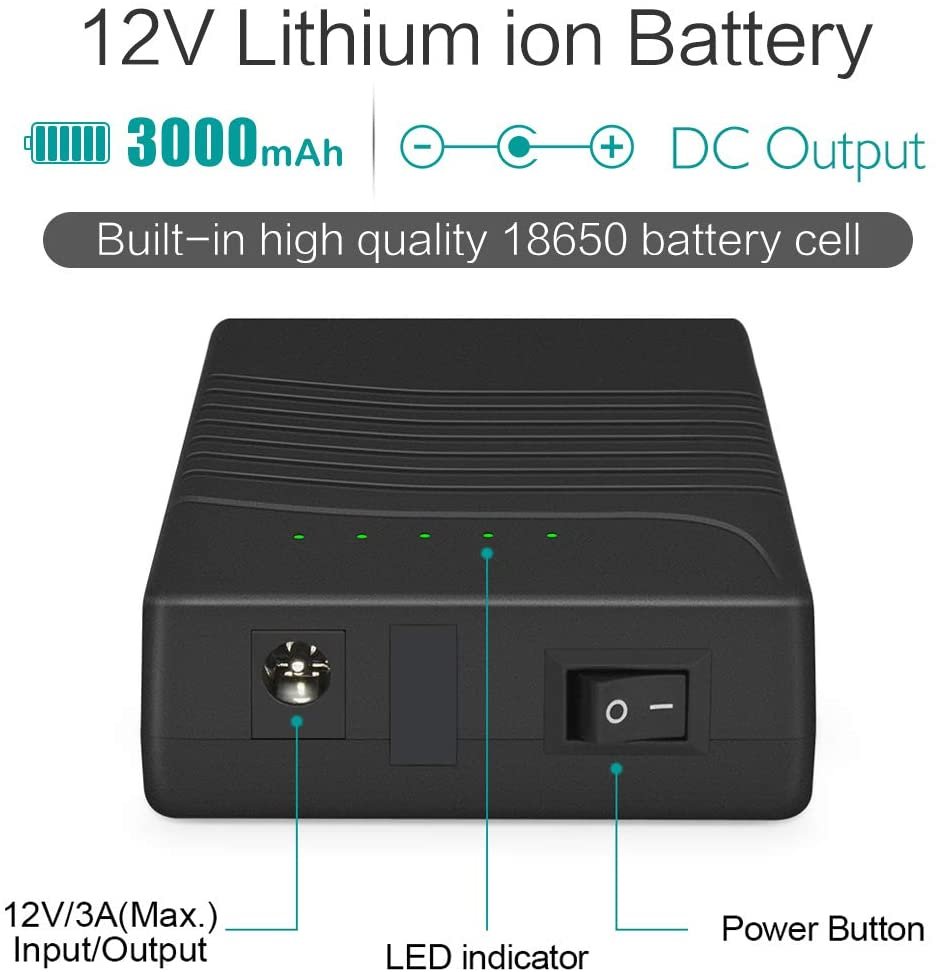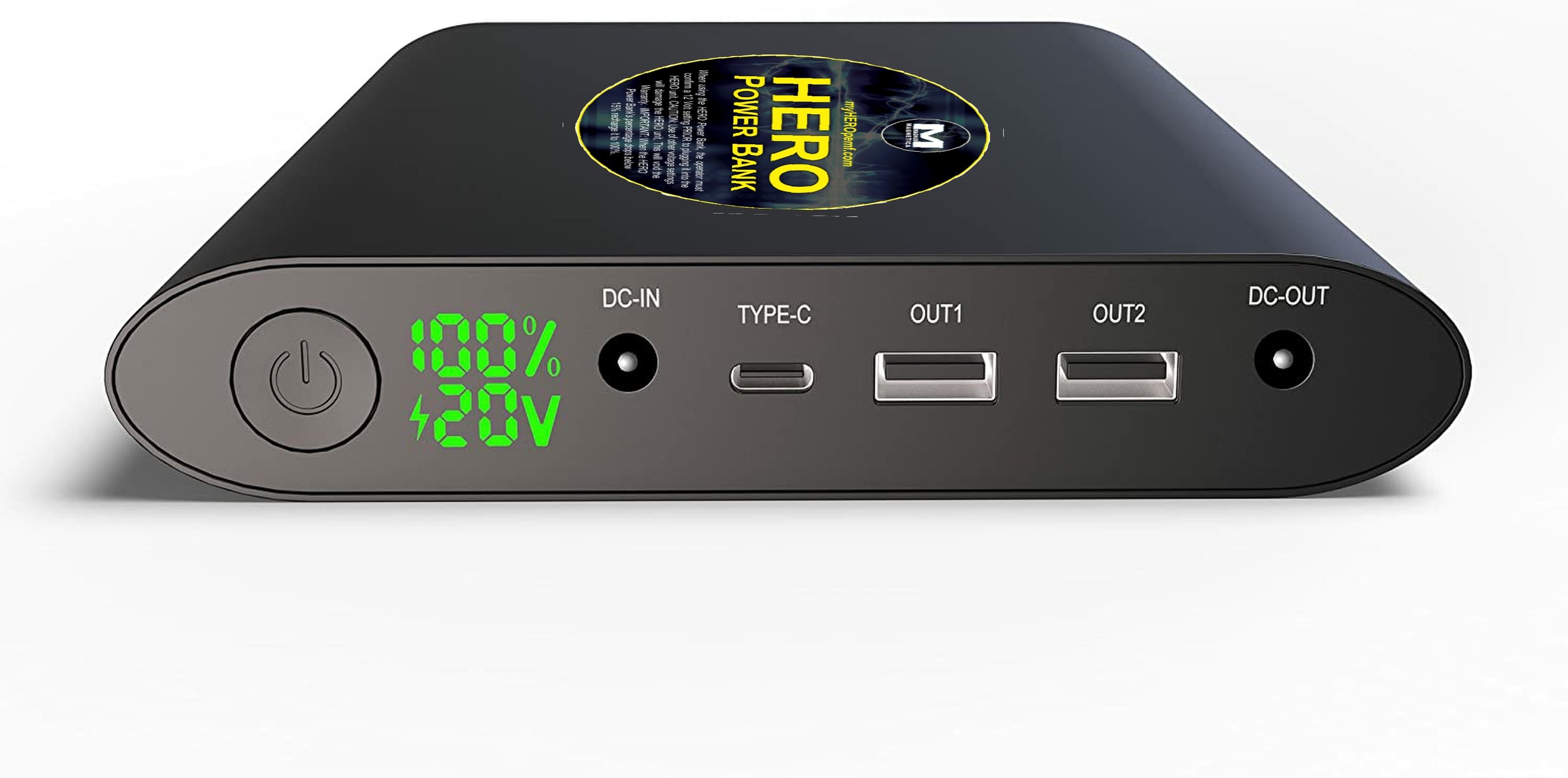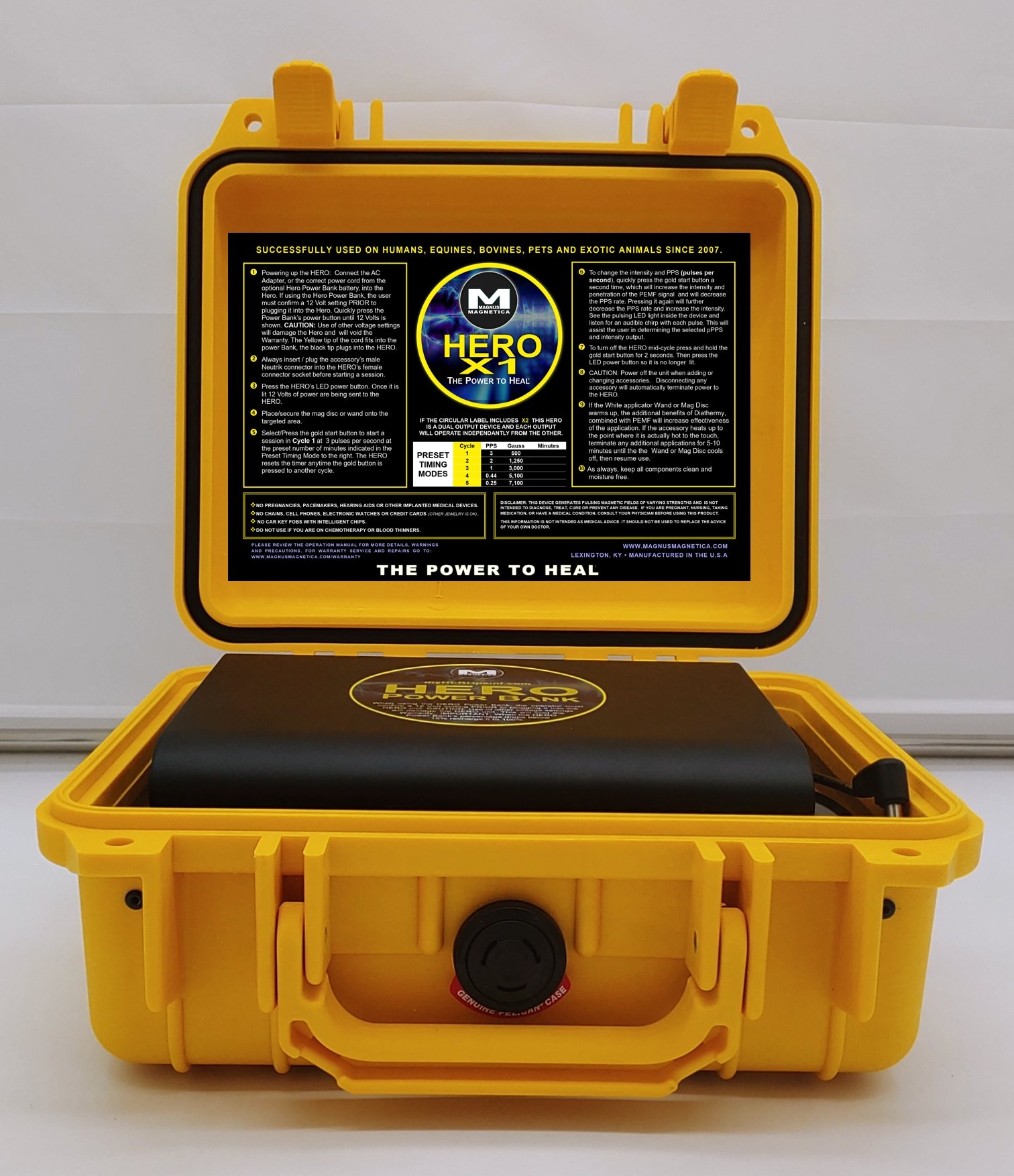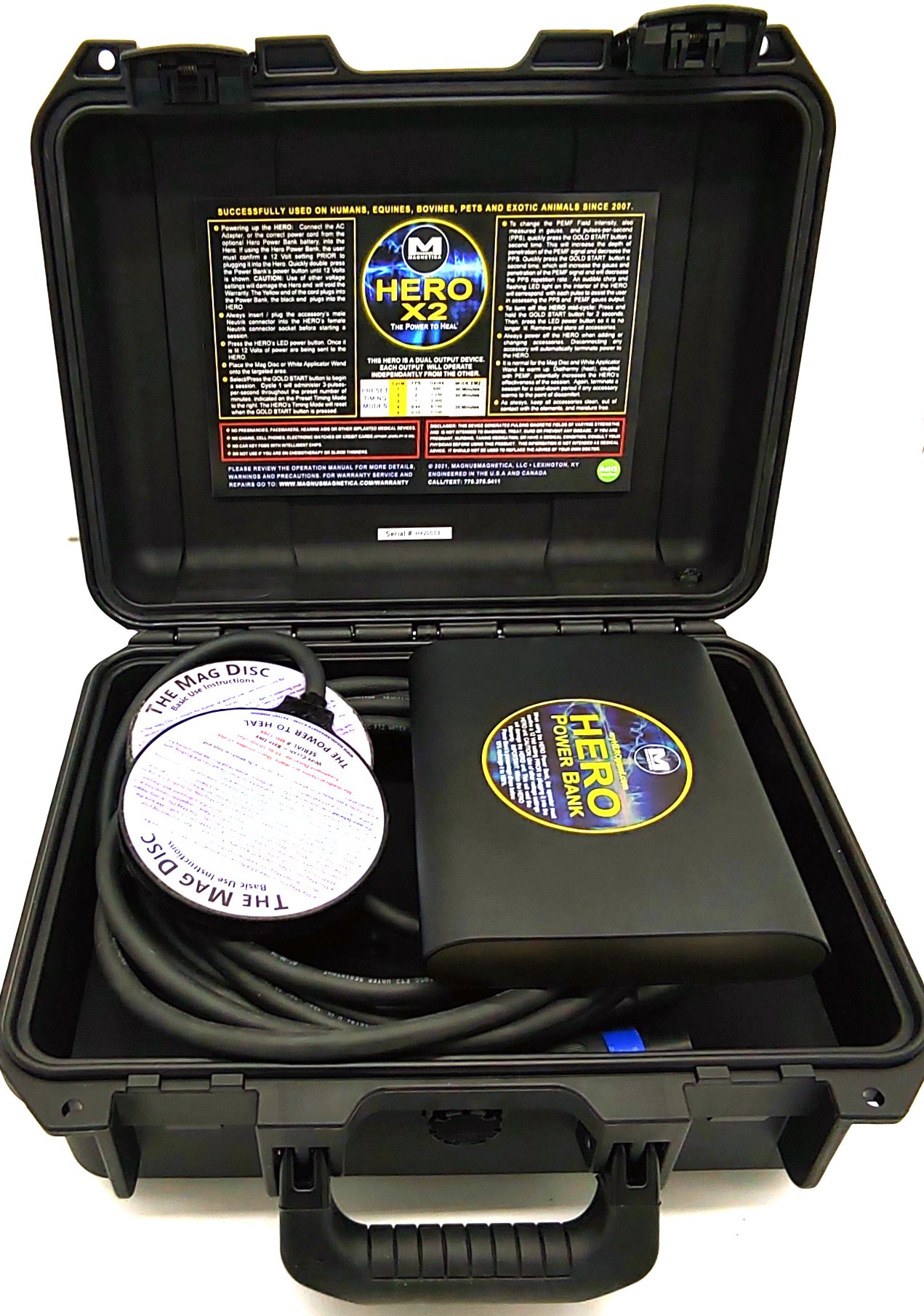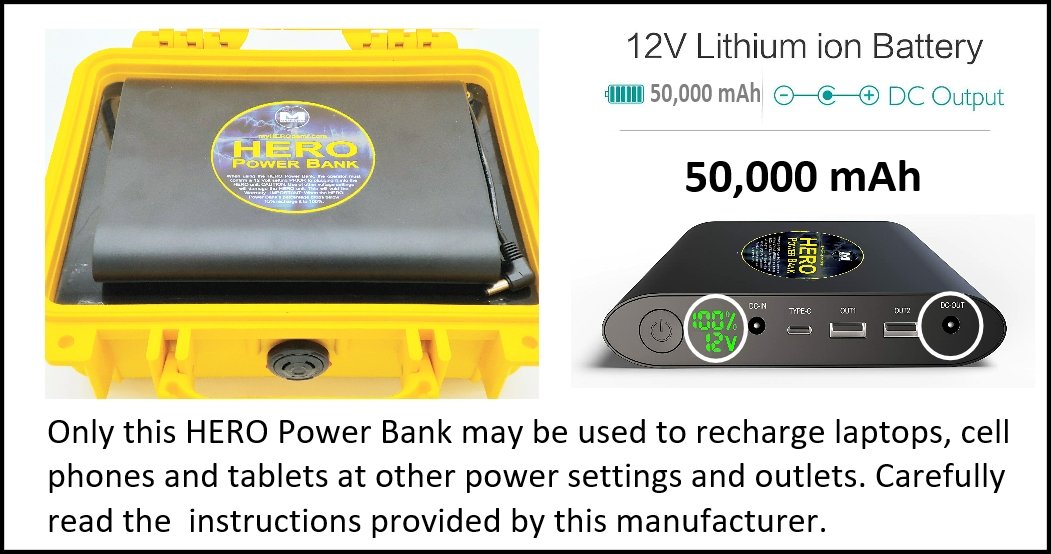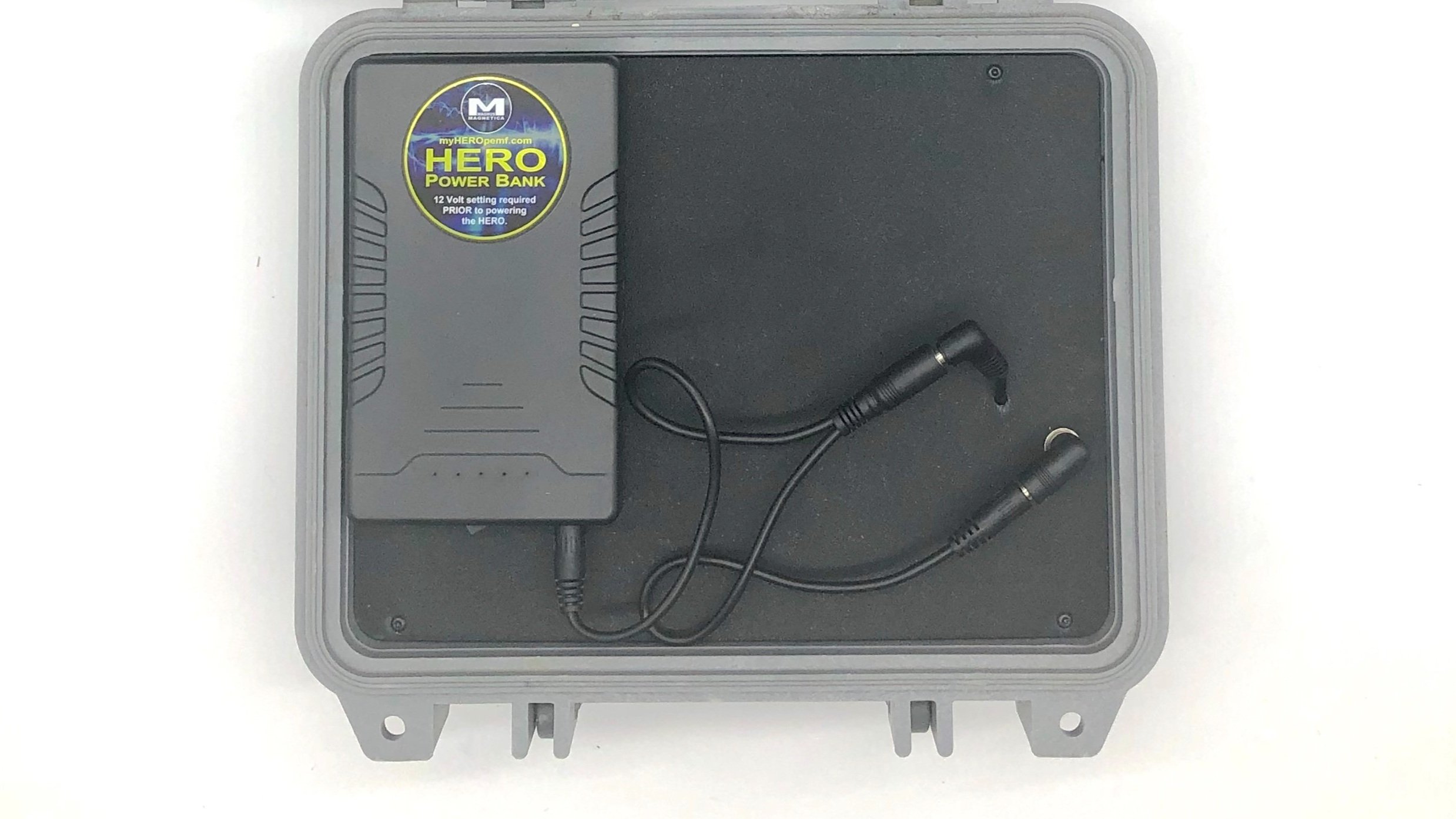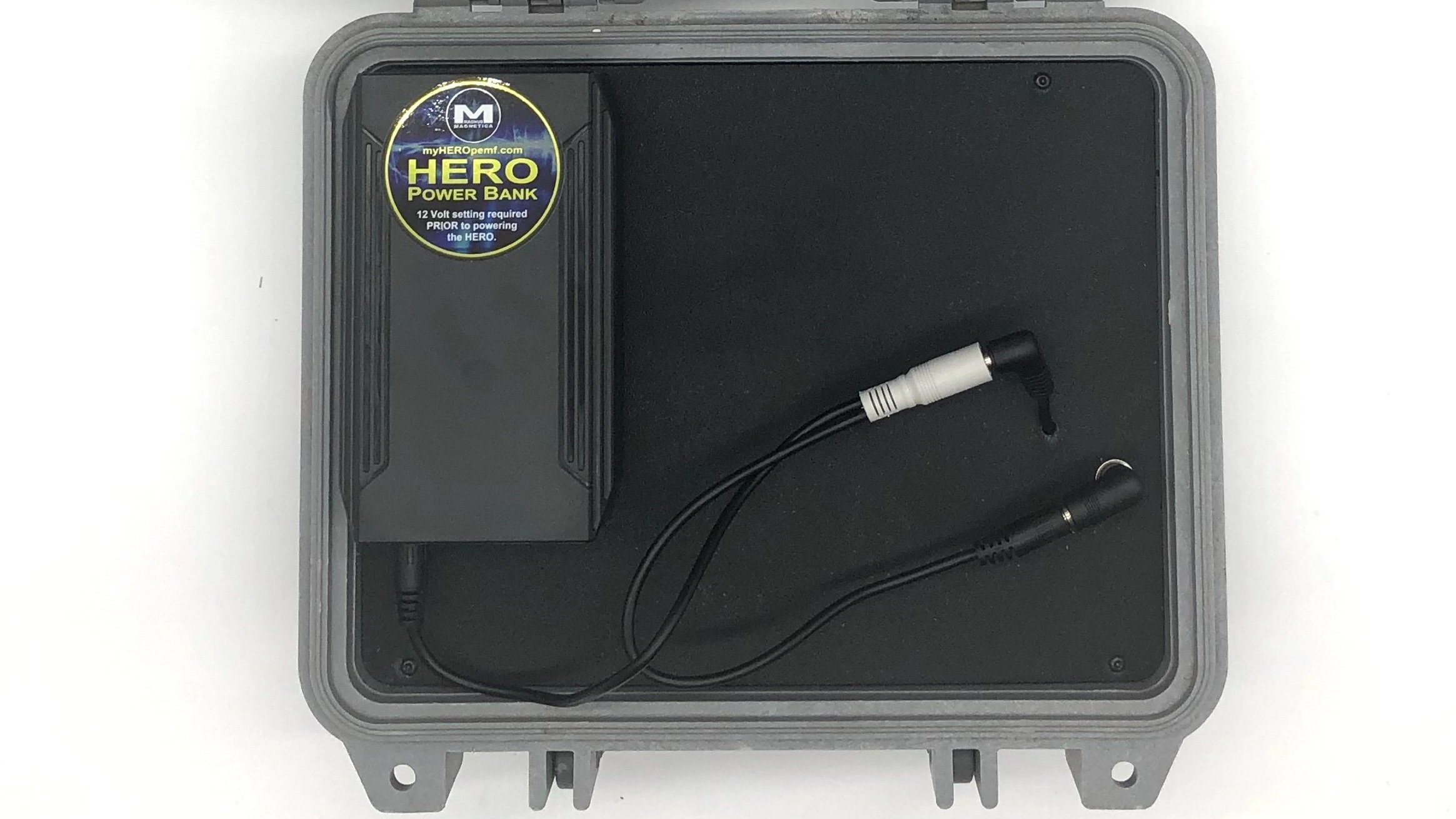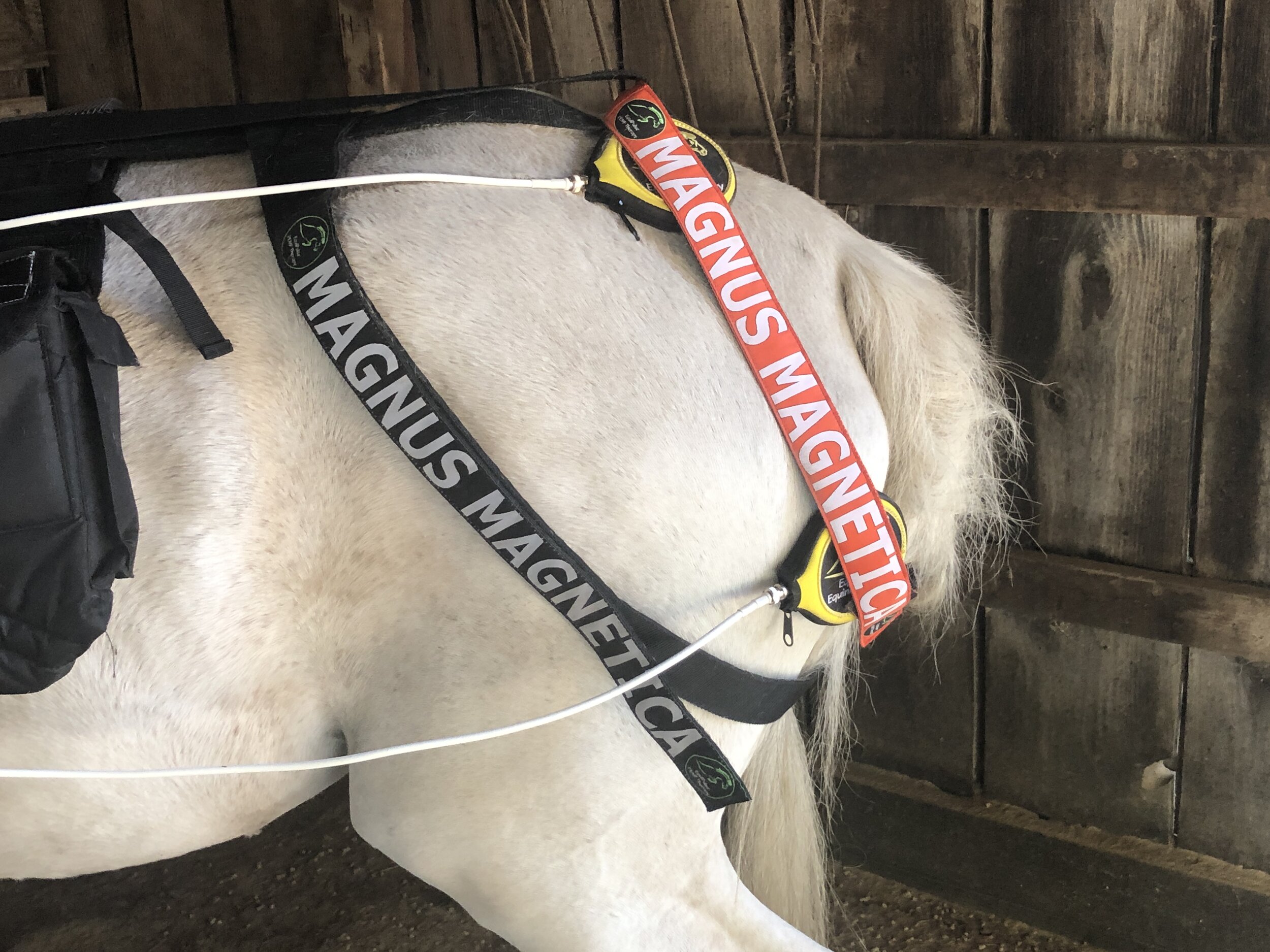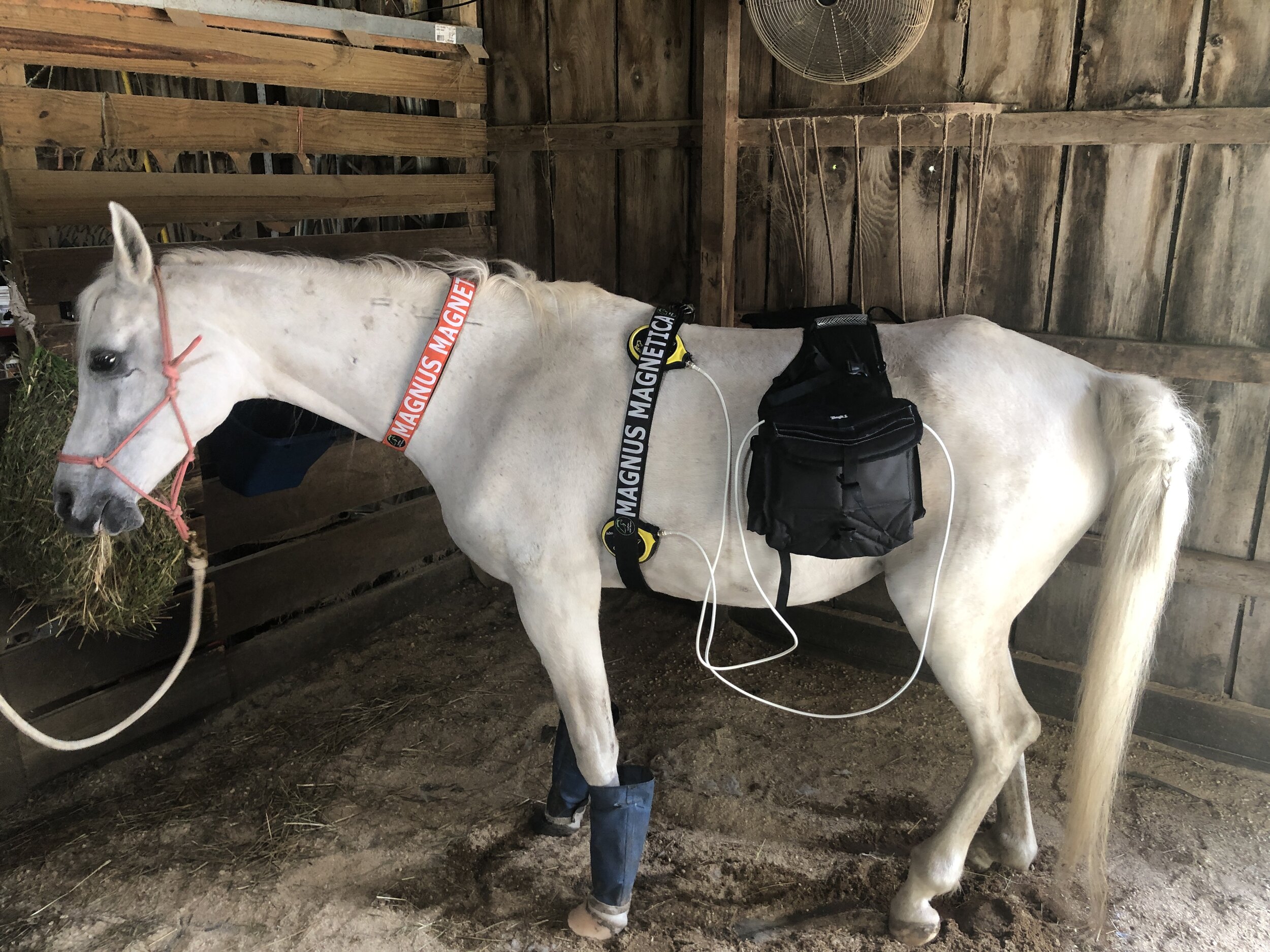HERO Support Page
+ You have reached the HERO Support - you will find:
- HERO Registeration Form
- Operation Manual in a PDF format available to download.
- Equine Application protocols in an easy to view slide show presentation.
- Hoof Pro Applications with a short "How to" video by Richard Armentrout
- HERO Power Bank basic use instructions
- Use of the OneWrap System
Operation Manual
+ Development of Human Application Protocols (to be released)
Equine Application
Employing Pulsed Electromagnetic Field (PEMF) therapy on equines has been shown to offer a non-invasive and drug-free approach to enhancing their overall well-being. This form of therapy involves the use of electromagnetic fields to stimulate cell metabolism, leading to potential benefits such as improved circulation, reduced inflammation, and accelerated healing. Many equine enthusiasts and professionals have incorporated PEMF into their routine care and rehabilitation programs, recognizing its potential to support the health and performance of these magnificent animals.
+ General Bodywork
- Collect a health history on the animal, including age, use, medications, implants, and whether or not the animal is currently pregnant. Find out the animal's overall health and whether the animal is under the care of a veterinarian for any specific reason.
- Find out what the current complaint or concern is from the owner. Any information from the rider, trainer, or groom is always helpful.
- Before beginning a session, determine if anyone working nearby has a pacemaker, is pregnant or has a metal implant. If so, ask them to maintain a distance of at least 3-6 feet while conducting your session.
- As a technician, you will need to develop the skill of reading a horse’s behavior. Watch for signs of discomfort at all times by observing the ears and head. Horse’s will pin their ears back when they are angry or upset. Generally, the horse will keep the ears relaxed, sideways or forward when it is comfortable. If you do see the ears change or the horse lifts the head or a leg, back off and wait. You may need to go to another area on the horse or conclude this particular session. Allowing a horse to “process” your work is as important as the actual application. Learn to read when it is time to end a session and come back for another. Consult other technicians, therapists and professionals to learn these important behavioral signals.
+ Conduct a thorough, hands-on assessment of the horse
- Once you have gathered all pertinent information, go over the animal with your hands, noting areas of tension, heat, swelling, soreness, skin irritation, cuts or wounds.
- Once your HERO is set up, begin a cycle and apply the accessory (paddle, wand or mag disc) to a targeted location, working from front (head) to back (tail) moving from top to bottom. Begin the session on the lowest setting and move up as you feel the horse may need it or as you go into an area that may require deeper penetration (such as the hind quarters). Note the time spent on each area, and avoid only working on one side of the horse (address potential areas where compensation may be occurring).
- Spend time working on any areas of concern (noted in initial evaluation) by placing the accessory directly on the horse’s skin over the area on which you would like to focus. You can slowly move the accessory over a broad area or simply focus the field over the targeted spot instead. Watch the horse for a response and adjust your approach accordingly.
- Remember to check the temperature of your accessory to make sure that it has not become excessively warm. If the accessory heats up to the point that it may cause discomfort, you can apply a towel or cloth as a barrier between it and the animal (without diminishing the efficacy of the application) or simply give the accessory a few minutes to cool off before continuing. You can also apply an ice pack to speed up the cooling process.
- For general bodywork applications, focus on applying the field over soft tissues and joints, rather than on top of bone. We want to reach deep into the cellular tissue of the body’s supportive structures. This is best achieved by targeting the muscles, ligaments, tendons, joint spaces and other connective tissues.
- Avoid working directly over the eyes and/or genitalia. Placing the accessory over critical junctions, such as the rib heads, lumbosacral, or sacroiliac joints, can be helpful in reaching some of the deeper, more commonly affected areas of constriction.
- Your horse should quickly indicate that the HERO application is working by relaxing and offering some form of a release. Some common signs of release are:
- Yawning
- Licking and chewing
- Lolling the tongue
- Sleepy eyes
- Lowered head and neck
- Deep exhales and sighs
- Releasing gas
- Gut noise
- Body and limb stretches
- Shaking
- Remember to document the settings and duration of each application in your session. You may adjust your settings for each session. Encourage the owner to report any observations or changes they notice in the horse between sessions. This will assist in your subsequent sessions.
+ Authors
- Mary Midkiff
- Vanessa Houston
Hoof Pro Applications
Richard Armentrout, brand ambassador for Magnus Magnetica, demonstrates proper fitting and attachment of the Hoof Pro. This is a patent pending accessory which allows treatment from under the hoof, through the frog, for reduction of inflammation and increased blood flow.
HERO Power Bank
There are 4 different HERO Power Banks, all fundamentally working in a similar manner. Your HERO is capable of operating without the need of to find a 110 Volt wall outlet with the HERO Power Bank.
Find installation and usage instruction at this LINK
+ Buyers who purchased the OneWrap System
- The OneWrap System offers a PEMF application alternative to use of the traditional loops. The OneWrap System was developed to economize use of the Technician’s application sessions, promoting safe application of the accessories associated with any Magnus Magnetica PEMF Device.
- The OneWrap makes securing an accessory to the horse’s belly, stifle, or rear leg safe and secure. It can be disturbing to a horse and dangerous to the Technician when an application accessory slides off and hits the ground. This will not happen when using the OneWrap System.
The OneWrap has two components:
- 2-inch wide by 10-foot long black strap of hook and loop fabric
- 2-inch wide 5-foot long orange strap of hook and loop fabric
These straps can be used to hold a PEMF delivery loop of choice or when used with a Mag Disc that is covered with an optional pouch that has a Velcro® piece attached. This hook and loop system is industrial strength for a reliable and convenient solution for a wide range of applications. It is strong and reusable with no chemical residue. The OneWrap and Velcro® make a strong attachment and do not release quickly.
- The images below represent a variety of areas a Mag Disc can be applied to a horse’s body.
- CAUTION: Any more than 2 areas of application, at the same time, is not recommended for safety reasons. Keep all loose leads, power cords, etc. away from the horse. Safety protocols must always be followed to avoid having to release and remove a PEMF delivery loop from an agitated horse.
Click any image below to enlarge.






